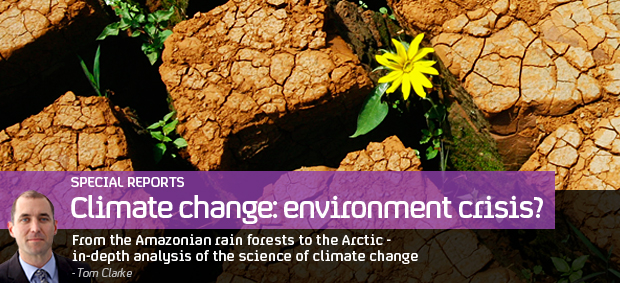New wave of nuclear power sites confirmed
The Department of Energy and Climate Change names eight sites it considers suitable for new nuclear power stations. Channel 4 News maps how the sites could meet Britain’s future energy demands.

The sites are at: Bradwell, Essex; Hartlepool; Heysham, Lancashire; Hinkley Point, Somerset; Oldbury, South Gloucestershire; Sellafield, Cumbria; Sizewell, Suffolk; and Wylfa, Anglesey.
The next generation of nuclear power stations could be built at these sites by 2025. All are adjacent to existing nuclear sites.
The announcement is the clearest sign yet that the British Government has not been turned off nuclear power by the Fukushima accident in Japan, a major meltdown caused by the earthquake and tsunami in March. Other governments, including in Germany, pulled back from nuclear power in the wake of the crisis.
While the Government has signalled the sites are acceptable for nuclear power stations, the facilities themselves will be built by private energy companies.
The graphic, left, shows where the sites could be and the amount of energy the Government hopes they could provide.
Nuclear power currently provides around 18 per cent of the UK’s energy, but all but one of the current power stations will be decommissioned by 2023. The new sites suggested would, in the main, replace old power stations.
The Government has an international responsibility to move away from fossil fuels towards other, lower carbon energy sources, including nuclear and renewables like hydroelectricity, as part of the battle against climate change.
However, demand for energy continues to grow. The Government predicts that the UK’s capacity to create electricity will have to increase to up to 113 GW by 2025, up from 84 GW now. As such, the Government is planning for 59 GW of capacity to come from new build power stations, including 33 GW of renewable energy and 18 GW of nuclear power, or around 31 per cent.
Nuclear ‘will not face unnecessary hold-ups’
Charles Hendry, Minister of State for Energy said: “Around a quarter of the UK’s generating capacity is due to close by the end of this decade. We need to replace this with secure, low carbon, affordable energy. This will require over £100billion worth of investment in electricity generation alone…
“These plans set out our energy need to help guide the planning process, so that if acceptable proposals come forward in appropriate places, they will not face unnecessary hold-ups.”
The list of sites was published in the Government’s finalised Energy National Policy Statements, which will now be debated in Parliament. There has already been a public consultation on the plan.
